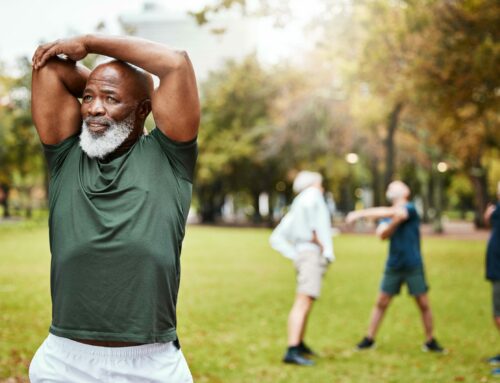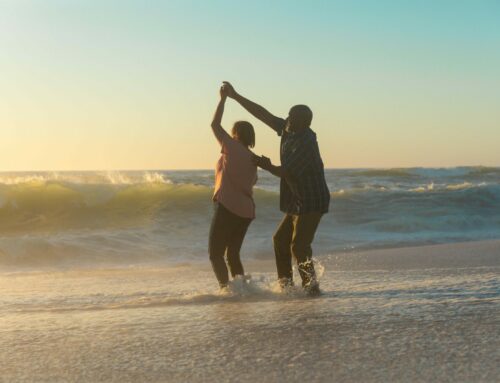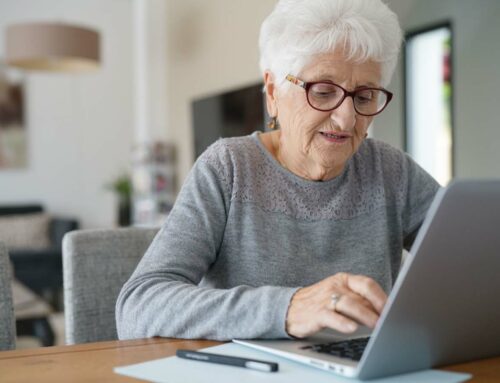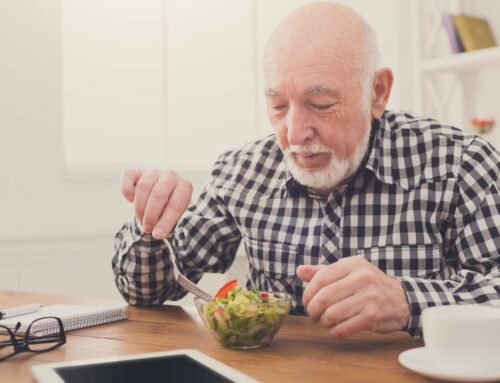Many seniors are involved in group fitness classes that help them stay active and spend time with friends. However, with our current stay-at-home orders, it may be difficult to maintain an exercise regimen without the support and encouragement from a group class or gym membership.
We all know that there are many benefits to being physically active, including:
- Maintaining and building muscle mass
- Increasing bone density
- Improving balance, posture, and flexibility
- Taking control of chronic disease symptoms
- Decreasing pain
- Preventing falls
- Improving mental health and decreasing depression
The CDC states that only 28% of the population over age 50 are physically active. When we consider that 4 out of 5 of the most limiting chronic health conditions can be well managed with the right physical activity, this is a devastating statistic.
Additionally, as you age, your heart muscles and arteries can become more rigid. The ligaments around your joints lose their elasticity, leading to increased pain and stiffness. Weight gain happens more quickly because of a slowed metabolism.
It’s important to stay active and keep up with your exercise regimen as much as possible, even during a global pandemic.
Many seniors may be concerned about exercising at home due to the risk of injury. It’s smart to be cautious when starting any exercise routine at home. Exercise is meant to be enjoyable and improve your health, not cause safety concerns. So please seek the advice of your physician before beginning any new exercise program and start off at a level of exercise that you’re already comfortable with.
Once you’ve gotten the okay from your doctor, find an activity that works for you and your fitness level. The three types of exercise that are best to focus on are:
- Strength
- Balance
- Flexibility
Strength training exercises help to build and maintain muscle and also improve posture and mobility.
Balance exercises obviously help to improve balance, which can reduce falls and make daily tasks safer and more comfortable.
Flexibility training is also wonderful for spinal mobility, hip flexors, and maintaining a steady gait. Flexibility stretches should be done slowly and safely to prevent injury.
You may want to take the opportunity to try out dance classes, tai chi, or meditation to keep your routine fresh and discover fun new things that you may want to take up in a group setting when the quarantine orders have been lifted.


 Schedule a Tour Today!
Schedule a Tour Today!







